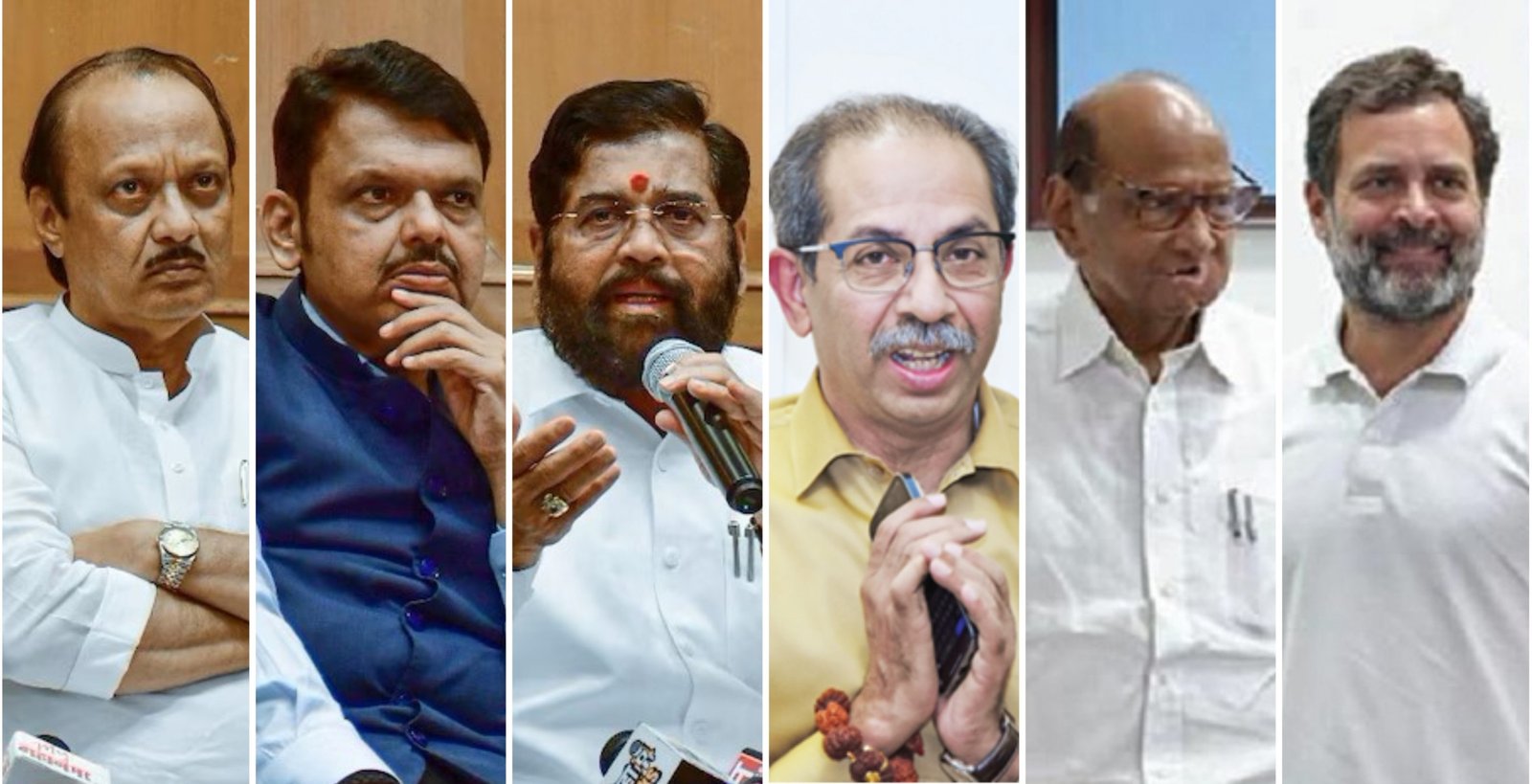India's Wildlife Messiah: The Other Side Of Indira Gandhi
- Rommel Rodrigues
- Nov 19, 2022

Indira Gandhi at various wild life preservation centers
MUMBAI: The fact that Indira Gandhi the first and to date the only women Prime Minister of India who served for three consecutive terms (1966–77) and a fourth term from 1980 until she was assassinated in 1984 is known as a hugely popular leader around the world. However, there was another lesser-known side of the feisty leader that she perhaps did not want to publicize during her time, and that was her undaunted and invaluable contribution as a saviour of India’s wildlife, natural habitats and the environment.
Mrs Gandhi had an inbred passion for animals and an instinctive interest in environmental preservation further driven by the imprint of her father Jawaharlal Nehru, India’s first prime minister's deep love for children and animals.
Nehruji was incarcerated dozens of times by the British during the fight for independence and in those days he wrote how the birds that managed to get past the 'stone walls' of the jail bought him solace and peace.
As a teenager, Mrs Gandhi was a member of the Delhi Bird Club. She's once quoted as, “Like most Indians, I took birds for granted until my father sent me the (late) Salim Ali’s book (on Indian Birds) from Dehradun jail and opened my eyes to an entirely new world. Only then did I realise how much I have been missing.”
When Mrs Gandhi first assumed office wildlife and natural habitat were in extreme crisis. The wild animal kingdom was doomed and the pride of our waste jungles the tiger was fast vanishing from its forests.
Like tigers, lions, and cheetahs all wild animals were being hunted ruthlessly across the country with impunity as sitting ducks to anyone with a gun and swathes of forests regions were being cleared in hunger for prime real estate.
From an estimated population of close to a lakh before the British arrived, a census of tigers revealed that India had barely 1,800 tigers left and Mrs Gandhi decided to implement urgently.
According to a study by Ronald Tilson regarded as one of the world's foremost Tiger experts 80,000 Tigers were hunted in India between 1875 and 1925. By 1947 India had about 40,000 which was reduced to less than 2000 by the time Mrs Gandhi took up the issue.
In fact ever, since British times there was a Shikar Safari lobby that openly promoted the famous adventure activities in India and attracted people from around the world where hunting had been banned.
Along with the rampant hunting, trade in tiger skins was rampant and along with it snow leopard, tiger, and leopard pelts were being sold openly, in bazaars including in Delhi’s Chanakya market.
The first thing Mrs Gandhi did after coming to power was, she constituted a task force to draft the Wildlife Protection Act, to facilitate the creation of wildlife sanctuaries and national parks, strictly restricting and regulating activities in them, besides banning the hunting of wildlife.
The next big initiative she was hosting was the International Conservation Union (IUCN) in 1969, which brought the issue of tiger hunting to the fore. This was followed by legislation to ban Shikar thereby making all hunting activities illegal and severely punishable by law under the provisions of the Wild Life (Protection) Act, of 1972.
In 1973 Mrs Gandhi spearheaded the biggest conservation initiative of the time to save a wildlife species by establishing 'Project Tiger' under which expansive tiger reserves were created in varied ecosystems. From the dry forests of Ranthambhore to the vast mangroves of the Sundarbans 9 reserves were notified a number which has now grown to 53 which along with the buffer area covers a total area of 77,284 Sq. Kms.
All the tiger reserves in India governed by Project Tiger are administrated by the National Tiger Conservation Authority (NTCA) which was set up under the stewardship of during the tenure of Indian National Congress leader Prime Minister Manmohan Singh.
It's the fruits of Mrs Gandhi's unrelenting efforts during her entire lifetime coupled with bringing strict legislation, that, India has now 80 per cent of tigers in the world. And more than half of the tigers are in the states of Madhya Pradesh and Karnataka which under the decades-old rule of the Indian National Congress took very proactive steps to preserve tigers and expand their habitat.
Only a very few close friends of Mrs Gandhi know that whenever she could spare time she headed to the dense forests, treding on muddy roads, and water-logged terrain even before she became the prime minister and it helped her understand ground realities which helped her in drafting very key policies latter.
For instance, in 1961 she visited Anaimalai Tiger Reserve, earlier known as Indira Gandhi Wildlife Sanctuary and National Park much before she assumed office.
It is a well-known fact that Mrs Gandhi was a frequent visitor to the avifauna sanctuary in Bharatpur, Rajasthan then known as the Bharatpur Bird Sanctuary and later declared it as a national park in 1982. Now known as the Keoladeo National Park, it is today a UNESCO World Heritage Site which hosts over 350 species of migratory birds including the rare Siberian crane.
As a matter of fact, on several occasions, Mrs Gandhi personally monitored the arrival of the Siberian Crane, and old timers who visit the sanctuary have observed that she was very conversant with the landscape and could walk for hours and identify close to 100 species of birds.
Mrs Gandhi always said, forests are an important resource that nature can bestow upon mankind and therefore, it is the duty of every citizen to preserve the ecosystems of forests.
During her third tenure in 1980, she ushered in the Indian Forest Act, replacing a 1927 version of the same act. This prohibited commercial activities in forests.
When it came to issues of wildlife and environment preservation she did not leave any stone unturned nor did she relent. Some Arabs used to come to India specifically to hunt the vulnerable species of the migratory bird, Houbara bustards or the MacQueen’s bustard, Mrs Gandhi put a blanket spot on this.
In 1985 she stepped in to save the pristine moist evergreen rainforest in Kerala's Palakkad District from being destroyed by denying permission for a major hydroelectric project. Her predecessor from Janata Party, Morarji Desai had earlier given clearance for the construction of the dam in the ecosensitive zone.
As a Prime Minister Mrs Gandhi not only stopped the project in 1984 she declared it a national park, and since she was assassinated in that year, her son and successor Prime Minister Indira Gandhi, inaugurated the national park in 1985 what is now known as the Silent Valley National Park.
There are dozens of instances when Smt Gandhi speedily addressed animals, birds and environmental related issues.
When student groups petitioned the destruction of the Delhi Ridge, the last outcrop of the ancient Aravalli hills, she initiated steps to protect the city forest.
In another case, when British journalist and wildlife photographer Peter Jackson wrote a letter to Smt Gandhi about the need to declare the Sultanpur jheel (Haryana) near Delhi as a bird sanctuary, she immediately wrote to him to take her there.
Although she had to cancel at the very last moment, she instructed then Chief Minister of Haryana, Bansi Lal, to protect the wetland and it was declared a Bird sanctuary in 1972 which was upgraded to a National Park in July 1991 by then Indian National Congress's Prime Minister P V Narasimha Rao within a month of assuming office.
That her commitment to wildlife and the environment ran deep is evident from a letter she wrote to a Bihar chief minister in 1972 in response to a plea legislature about the release of the rich Madanpur forests for some development project.
In the letter dated July 1972, she asked the then chief minister Kedar Pandey of the Indian National Congress to halt the diversion of the forest.
In his book, Indira Gandhi: A Life in Nature Hardcover by Congress Member of Parliament, Jairam Ramesh establishes that two of the most important laws that have helped abate and control, if not eliminate the wanton destruction of our fair land—the Law for Protection of Wildlife and the Law for Conservation of Forests were pushed through by Smt Gandhi almost 'single-handedly' amidst some objections by her own party colleague.
Ramesh also points out that while she is largely associated with her efforts to save the tiger, she actually started Project Lion, on behalf of the sovereigns of Gir, a year before Project Tiger took off. Although the sanctuary was set up in 1965, it was during her time in office that the area was declared a national park in 1975.
Although very little is spoken about or might be known about Indira Gandhi's efforts to the preservation of India's vast wildlife, birds and environmental heritage, her contribution will undoubtedly be remembered for times to come.











Reporter
Rommel is our Editor. He has close to three decades of experience in leading publishing houses including, Fortune India, Observer of Business & Politics, The New Indian Express etc.
View Reporter News